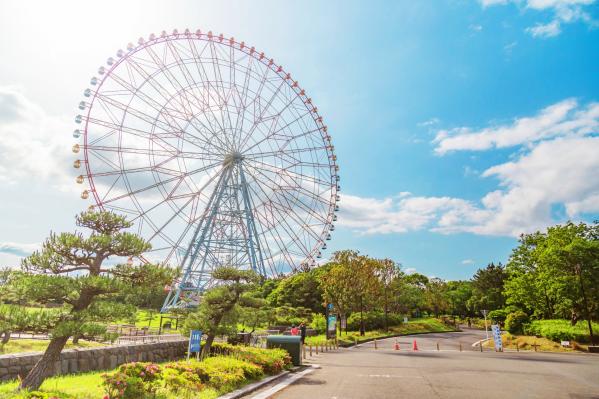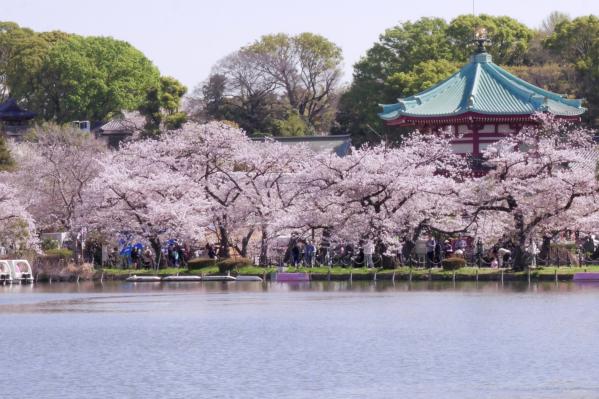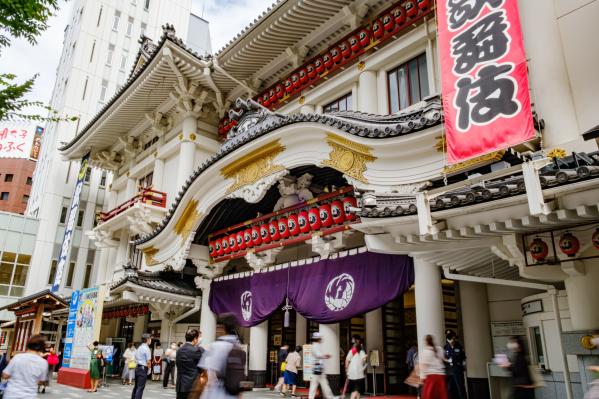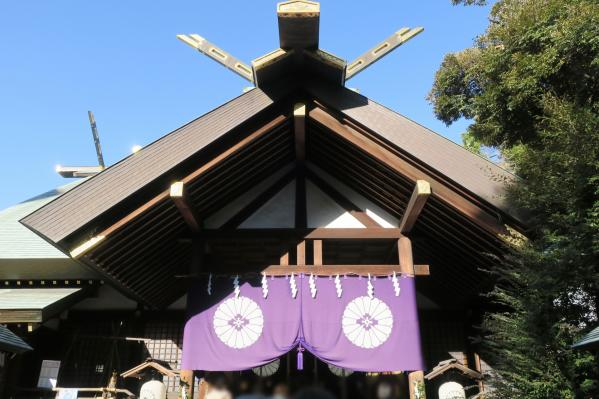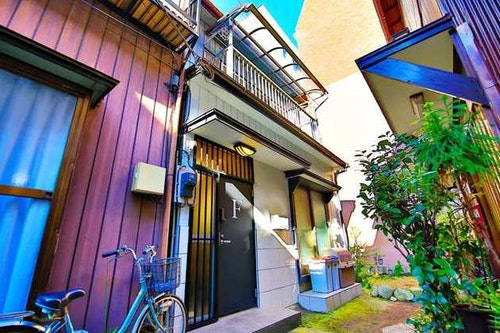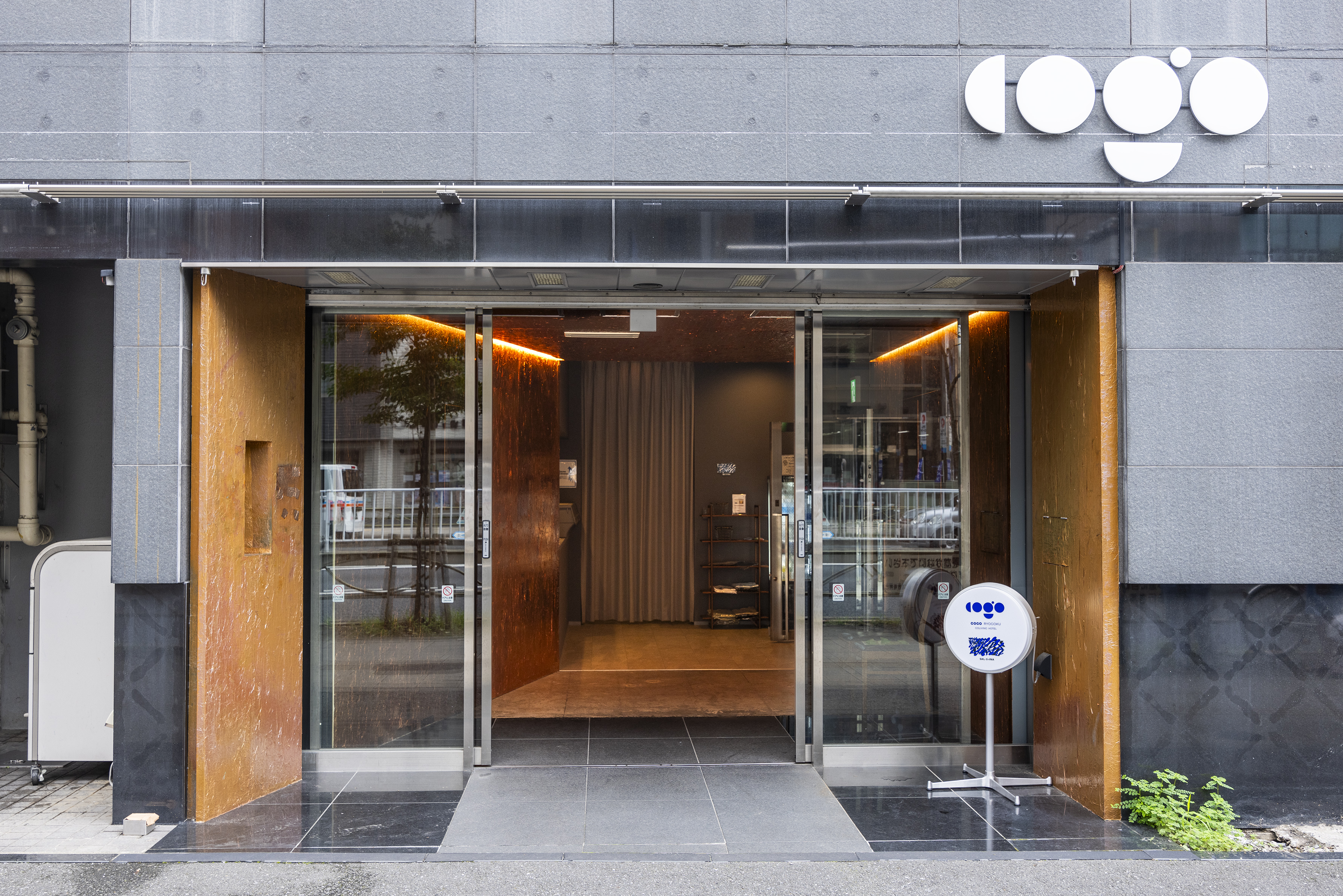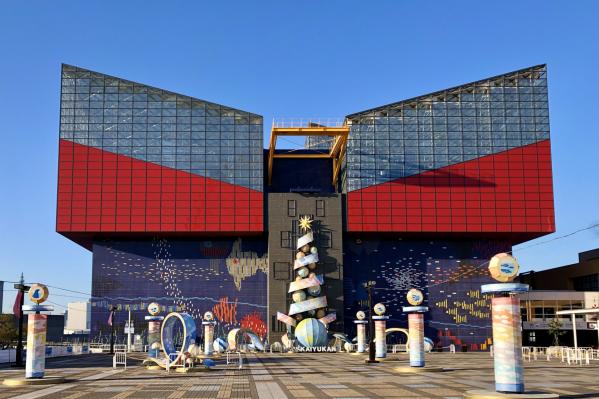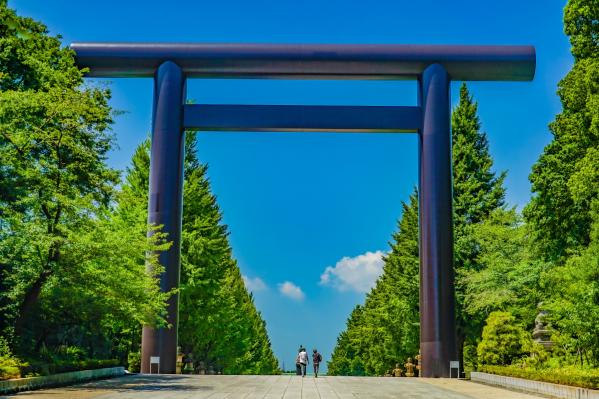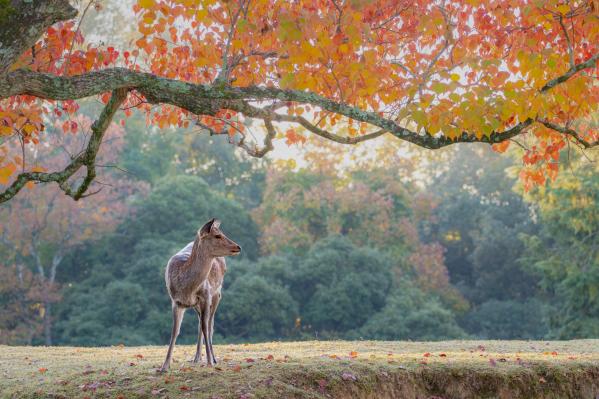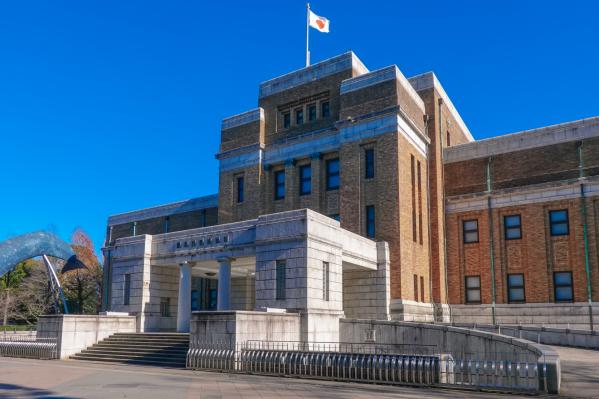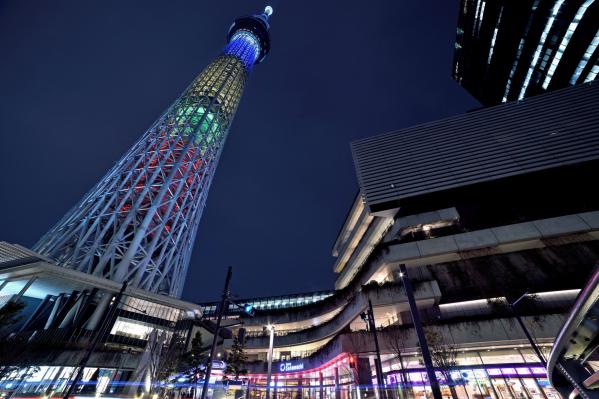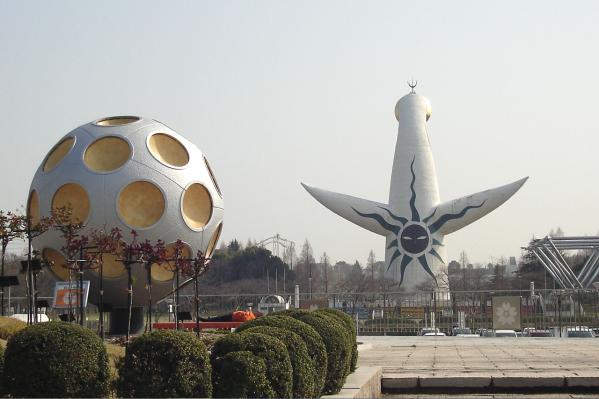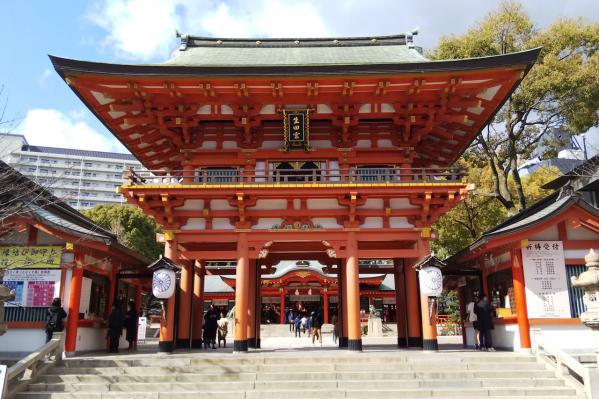National Museum of Nature and Science
The exhibitions are largely housed in two main buildings: the Japan Gallery and the Global Gallery. The Japan Gallery focuses on the natural history of the Japanese archipelago and its relationship with people. Meanwhile, the Global Gallery addresses broader themes such as the evolution of life and environmental changes on Earth, as well as human evolution.
One of the highlights is the 360-degree global visual facility, which is visually striking. Additionally, the experimental corner using light, magnets, and electricity is especially popular among children. There are also a variety of exhibits, including taxidermied specimens of Hachiko and pandas, as well as the Nantan meteorite that fell in China in the 16th century.
This museum actively collaborates with domestic and international research institutions and companies to promote science literacy and facilitate communication between society and science. It works with researchers and academic societies to research and preserve over 4.5 million specimens.
The National Museum of Nature and Science is a valuable institution for many people, offering resources for academic study as well as educational and recreational activities for families. Be sure to visit at least once!
Basic Information
- Spot Name
- National Museum of Nature and Science
- Location
- 〒110-8718 7-20 Ueno Park, Taito City, Tokyo, Japan
- Access
- 5-minute walk from JR "Ueno" Station Park Exit
10-minute walk from Tokyo Metro Ginza Line and Hibiya Line "Ueno" Station
10-minute walk from Keisei Electric Railway "Keisei Ueno" Station - Parking
- No parking available.
- Business Hours
- 9:00 AM to 5:00 PM, extended hours until 8:00 PM on Fridays and Saturdays (closing time may vary depending on the season).
- Regular Holiday
- Monday (the following day if it is a holiday), year-end and New Year (December 28 to January 1) *Please note that the closed days may change during special exhibitions.
- Fees
- General admission and university students: 630 yen
*Free for high school students and younger. - Contact Information
- Phone Number:050-5541-8600
- Official Website
Map
National Museum of Nature and Science Movies
Tokyo Tourist Attractions
View ListKasai Rinkai Park
Kasai Rinkai Park, located along Tokyo Bay, is an urban oasis packed with attractions that can keep you entertained all day long. Its excellent access, just a one-mi...
Aqua City Odaiba
Aqua City Odaiba is a large shopping complex set in an excellent location facing Tokyo Bay. Adjacent to Odaiba Seaside Park, it offers views of the Statue of Liberty...
Ikebukuro Sunshine City
Ikebukuro's landmark "Sunshine City" is one of Japan's largest complex facilities, opened in 1978. It features a variety of attractions including an aquarium, planet...
Ueno Onshi Park
Ueno Onshi Park is a historic park located in the heart of Tokyo, with over 140 years of history since its opening. It is one of the premier cherry blossom viewing s...
Kabuki-za Theatre
Kabukiza is renowned as a prestigious theater for Japan's traditional performing art, Kabuki. Established in 1889, it witnessed the "Dan-Kiku Era" when famous actors...
Tokyo Daijingu
Tokyo Daijingu, affectionately known as "Ise-sama of Tokyo," was established in 1880 as a worship hall for Ise Jingu. It enshrines the deities Amaterasu Omikami, Toy...
Tokyo Metropolitan Government Building Observation Decks
The Tokyo Metropolitan Government Building, located in the Shinjuku ward, is one of the iconic architectural landmarks of Japan's capital, Tokyo. Completed in 1991 a...
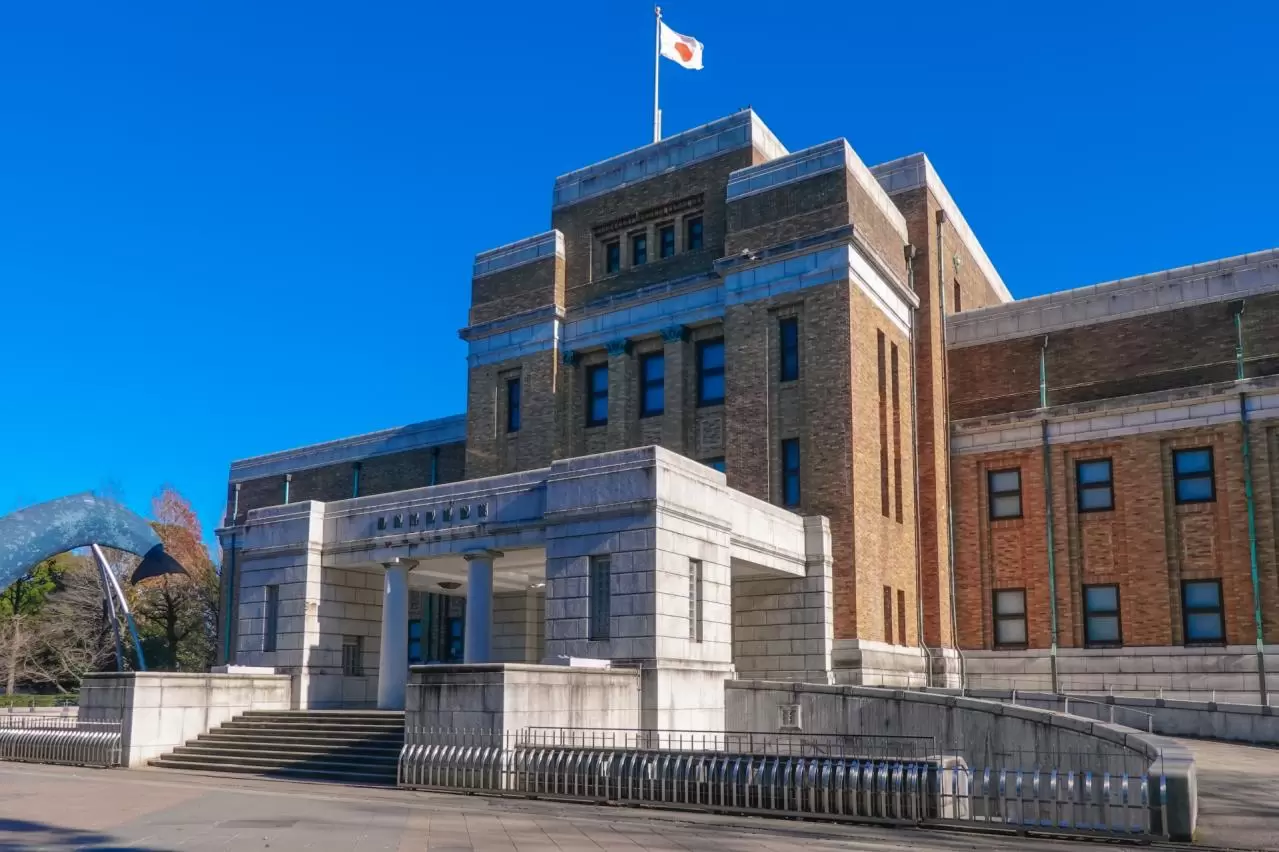
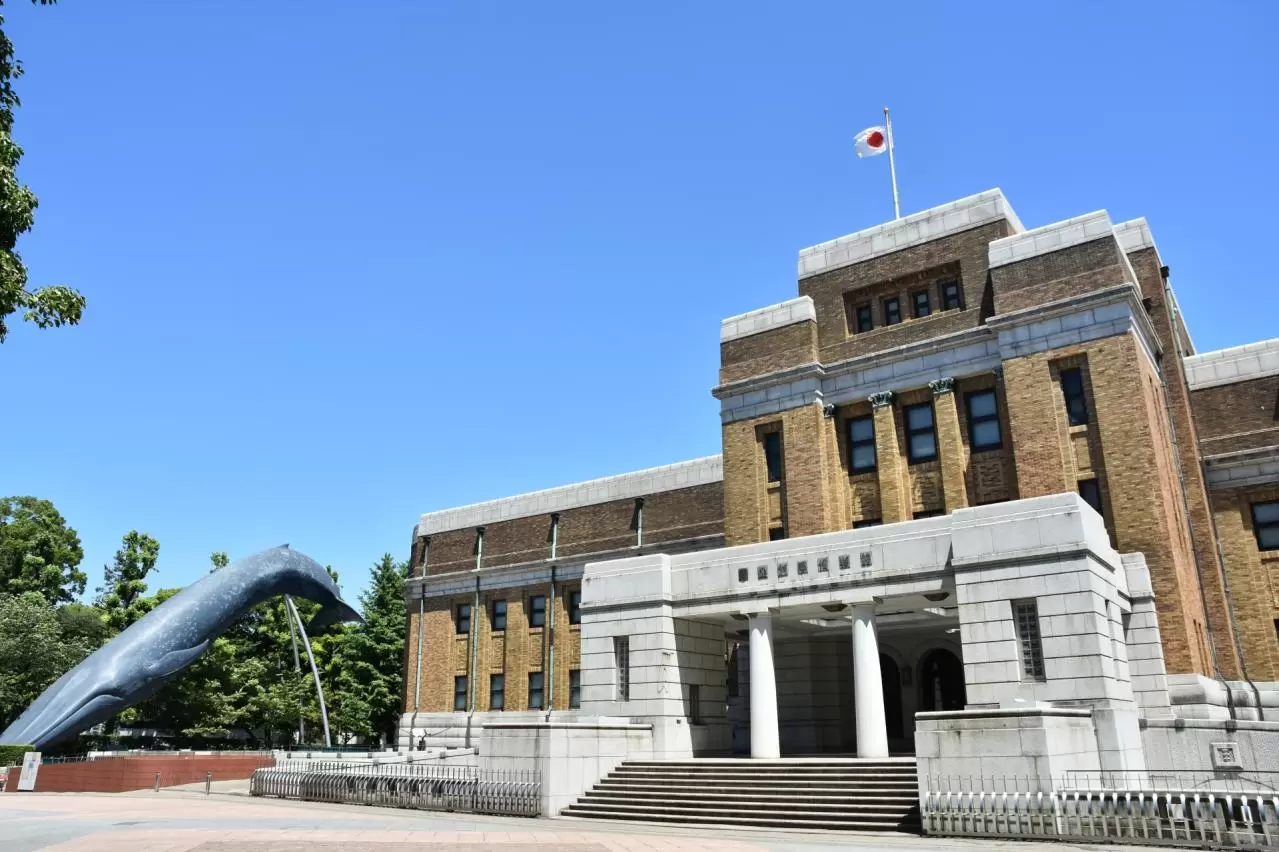

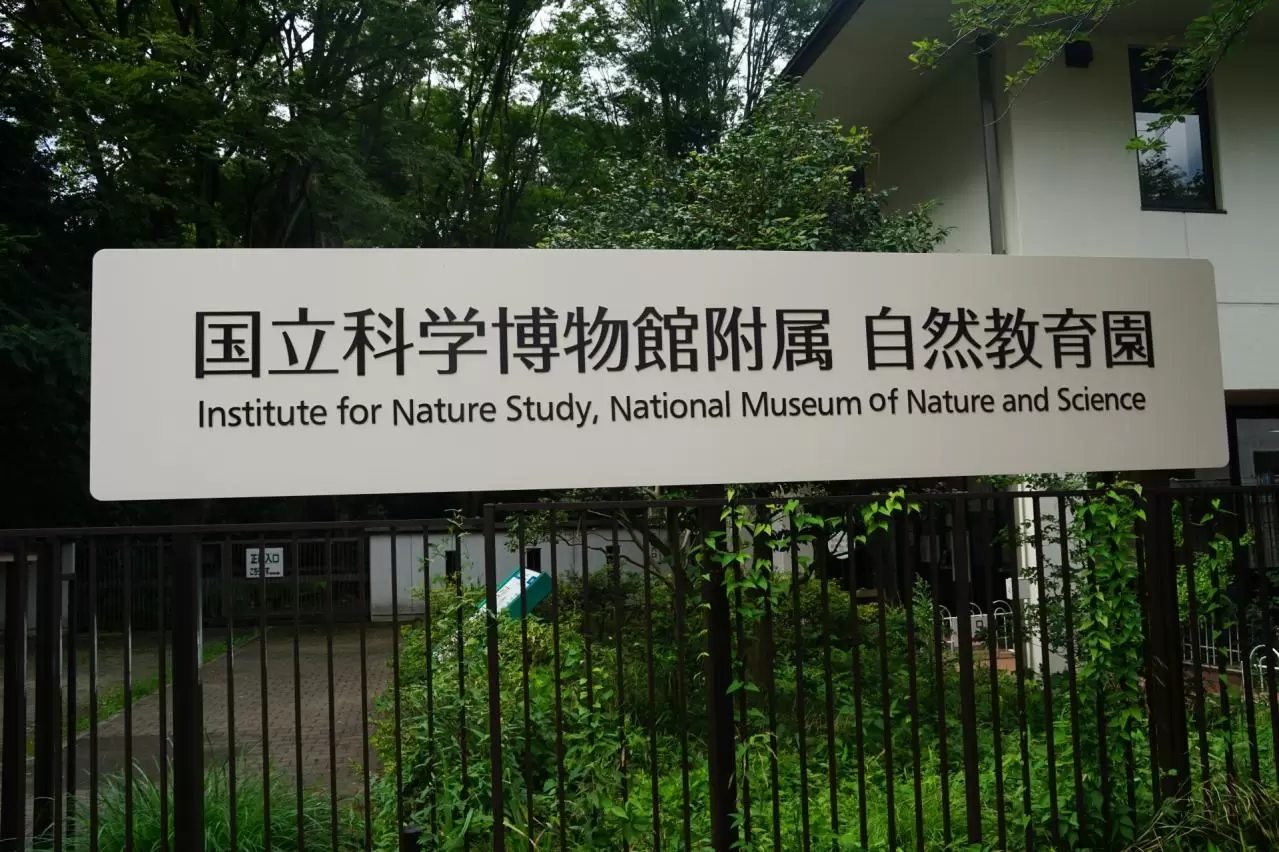
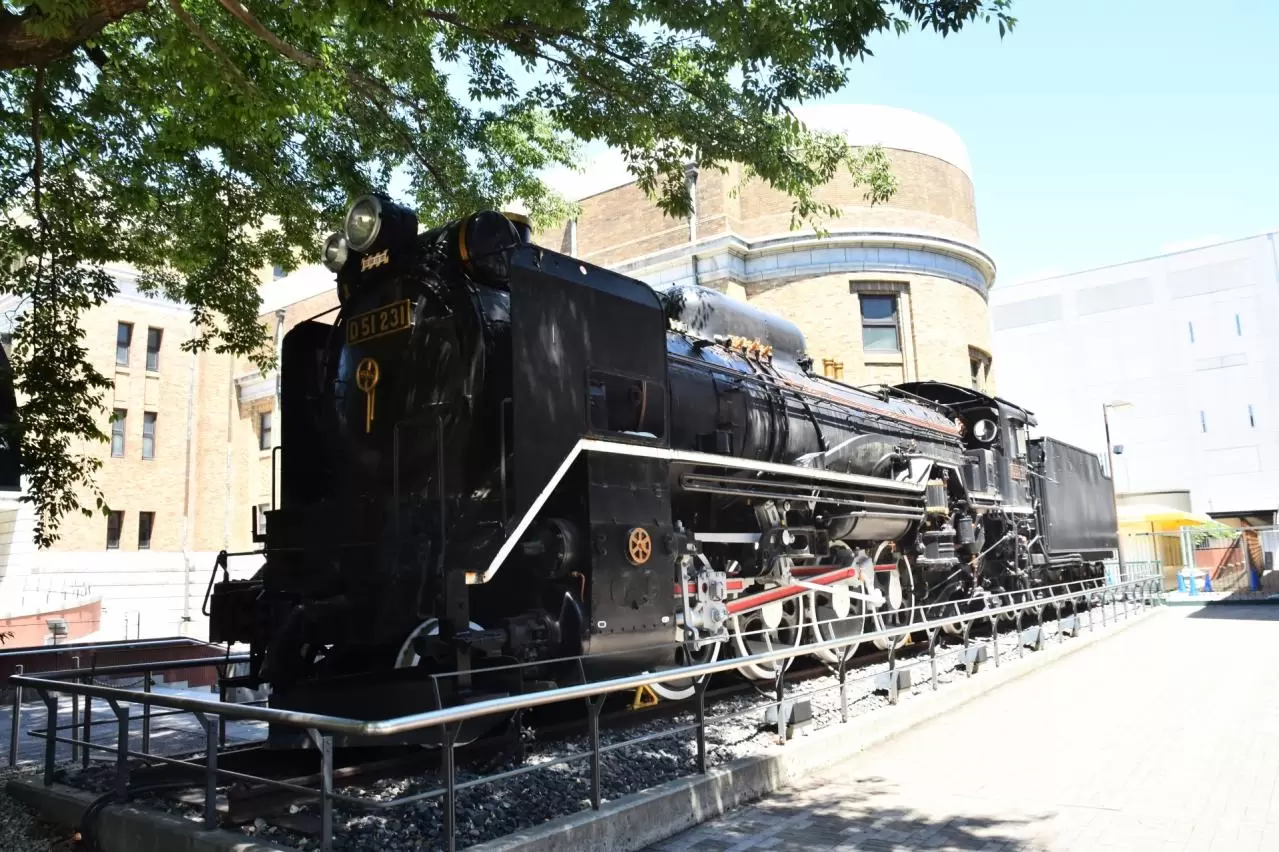


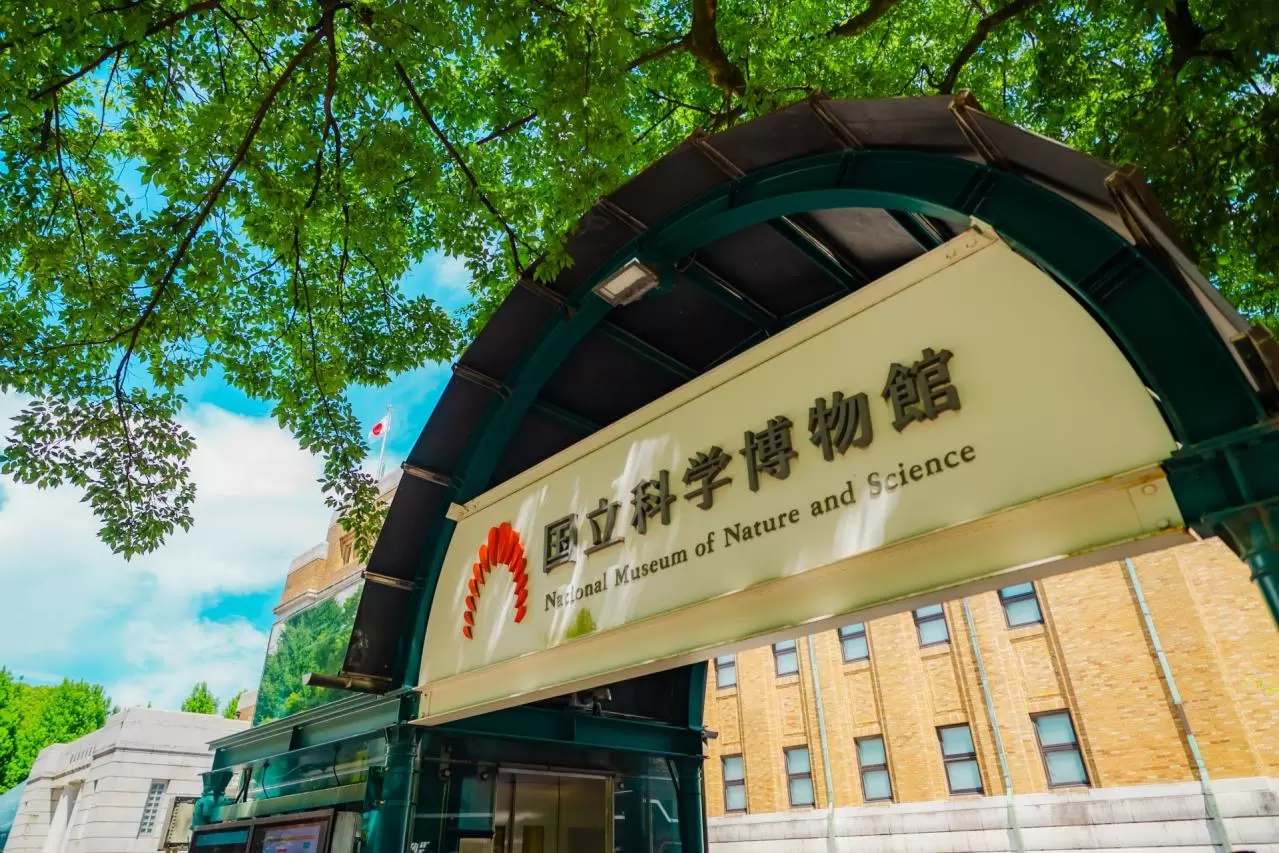
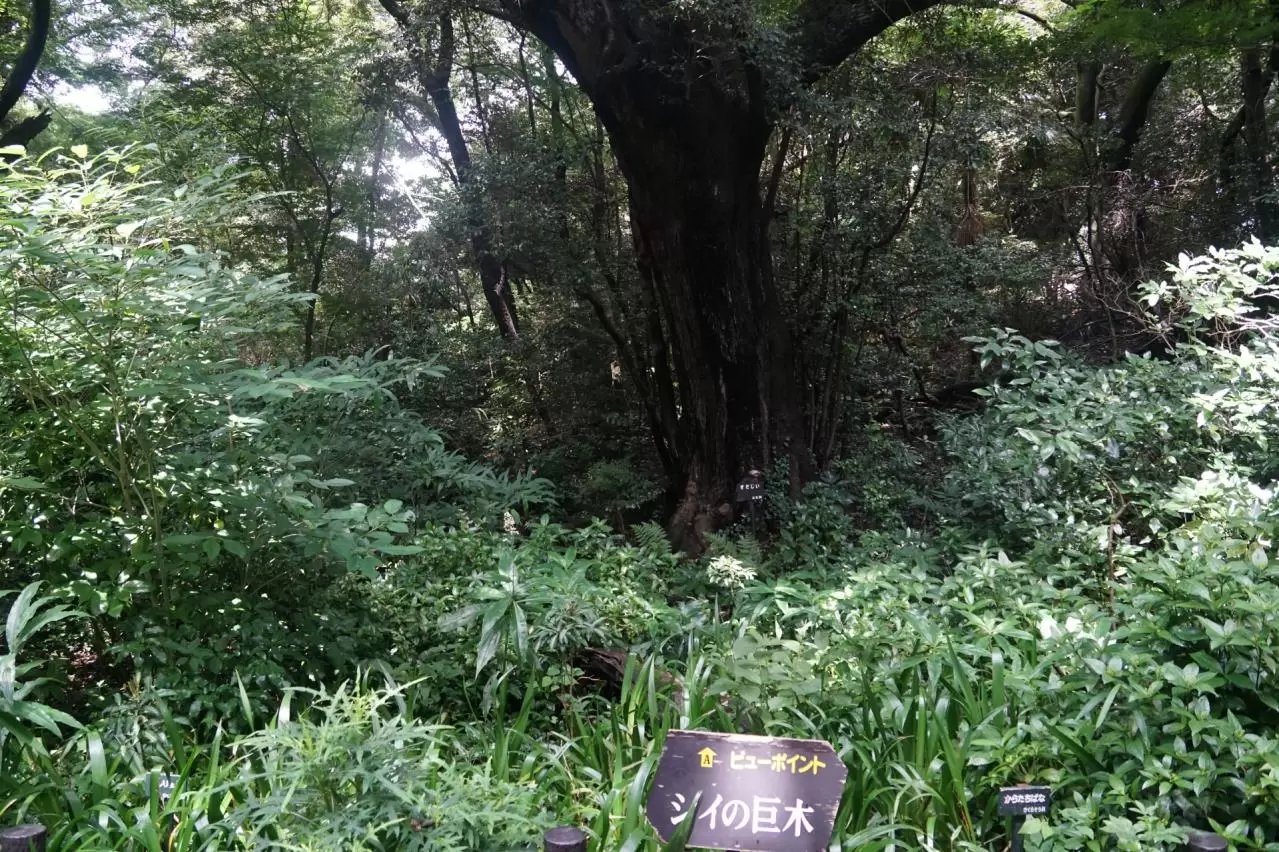

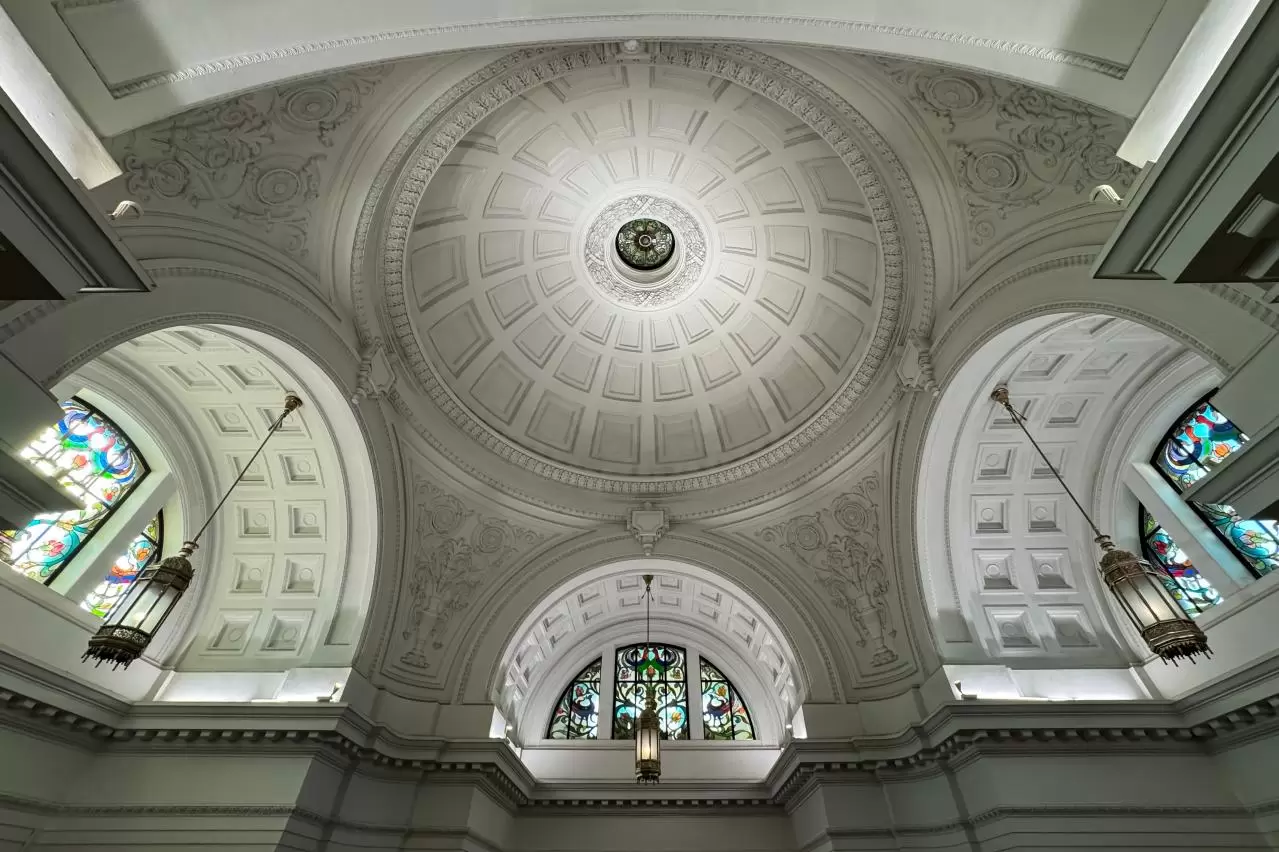
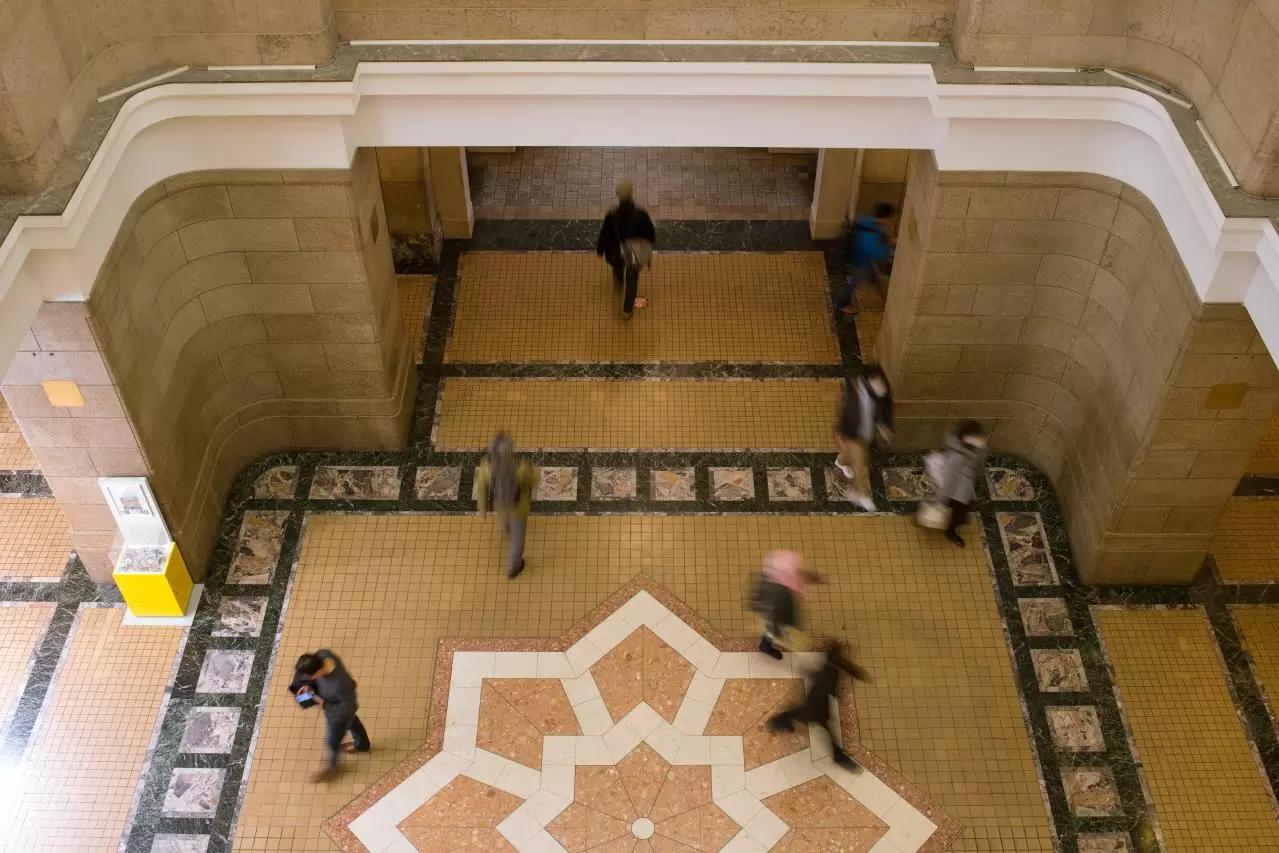
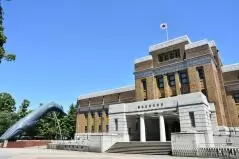

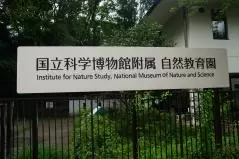

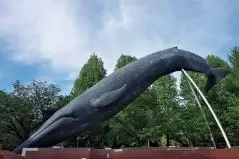

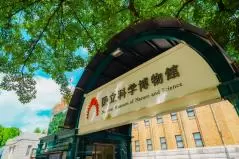

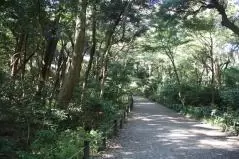
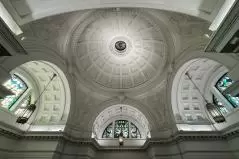






![[Tokyo Travel] National Museum of Nature and Science (Part 1) 国立科学博物館](https://i.ytimg.com/vi/r4RtHaEBZR0/mqdefault.jpg)


